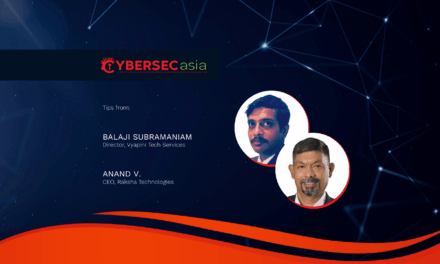New cybercrime platforms use AI and containerized tools for sophisticated DDoS-for-hire attacks and evasion techniques.
A recently observed cyber threat trend shows an alarming rise in attacks driven by AI tools, including large language models, dramatically increasing the speed and complexity of ransomware and other cyberattacks.
Criminal groups have long been leveraging Ransomware-as-a-Service networks that deploy varied and sophisticated methods to gain initial access, making early detection and prevention increasingly difficult. Exploitation of known vulnerabilities in widely deployed enterprise and remote management software remains common. Several attacks continue to leverage unpatched flaws in software, often targeting critical sectors including government and infrastructure.
Now, one cybersecurity firm has uncovered Cybercrime-as-a-Service campaigns that basically create Distributed Denial-of-Service botnets for hire. The novelty is that these campaign blend traditional malware with modern DevOps technology.
At the center of such campaigns is a Python-based command-and-control framework hosted on GitHub CodeSpaces. The workflow also utilizes a Python based spreader with a multi-stage Docker deployment as the initial access vector.
Such campaigns makes use of a Go-based Remote Access Trojan (RAT) that implements a RESTful registration and polling mechanism, enabling command execution and communication with its operators.
The threat actors employ advanced methods such as HTTP/2 rapid reset, a Cloudflare under attack mode (UAM) bypass, and large-scale HTTP floods, demonstrating a capability to combine distributed DDoS techniques with targeted exploitation.
With the inclusion of an OpenAPI specification, implemented with FastAPI and Pydantic and a fully developed login panel and operator interface, the infrastructure seems to resemble a “DDoS-as-a-service” platform rather than a traditional botnet, showing the extent to which modern malware increasingly mirrors legitimate cloud-native applications in both design and usability.
According to spokesperson for Darktrace, the firm that disclosed the discovery, the implications of such emerging DDoS-as-a-Service campaigns are significant for defenders: Effective defense requires:
- deep visibility into containerized environments
- continuous monitoring of cloud workloads
- behavioral analytics capable of identifying anomalous API usage and container orchestration patterns
The presence of a DDoS-as-a-service panel with full user functionality further emphasizes the need for defenders to think of these campaigns not as isolated tools but as evolving platforms.

















